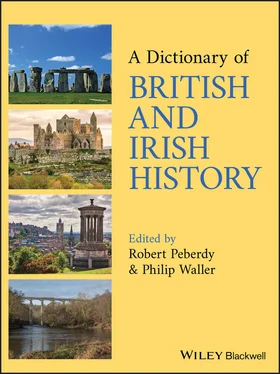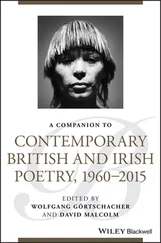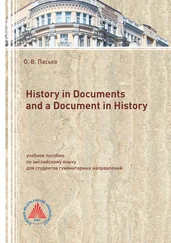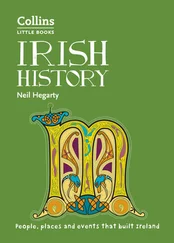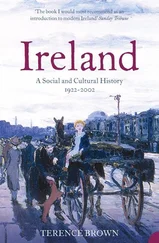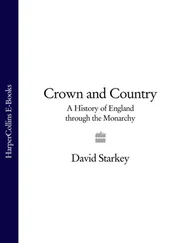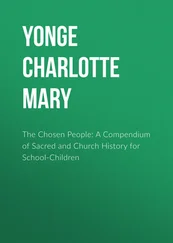Birmingham was a settlement from the 6th or 7th century until the 1160s when a small town was developed. (Its name means ‘Village of the family or followers of Beorma’.) Metal working was prominent by the 15th century.
During the 17th century, thanks to local iron ore, coal and wood, Birmingham emerged as a major industrial centre, producing and trading metal products (e.g., knives, scythes). During the 18th century, the population expanded ten‐fold. Products increased to include screws, buttons, jewellery, and guns. From 1775, Matthew BOULTON and James WATT built steam engines at nearby Handsworth. Birmingham was a CANAL hub by 1790 and a RAILWAY centre from 1837.
Birmingham became associated with religious NONCONFORMITY and political radicalism ( see RADICALS). It gained parliamentary representation (1832) and a town council (1838). Municipal improvement was later promoted by Joseph CHAMBERLAIN. Birmingham acquired city status (1889), a university (1900), and a bishop (1904). Boundary changes in 1911 made it England’s second largest city.
In the 20th century Birmingham’s manufacturing diversified to include MACHINE TOOLS, BICYCLES, MOTORCYCLES, MOTOR VEHICLES, CHEMICALS and plastics. The city attracted considerable immigration by AFRICAN CARIBBEANS and SOUTH ASIANS in the 1950s–1960s. The centre was transformed by the Bull Ring shopping centre (1964), and four additional universities were created (by upgrading): Aston (1966), Birmingham City (1992), University College (2012), Newman (2013). See also HIGHER EDUCATION, EXPANSION OF.
Est. popn: 1300, 1000; 1600, 2500; 1800, 73,000; 1900, 552,000; 2000, 1,025,000.
BIRMINGHAM CAUCUSName for the Birmingham Liberal Association, founded 1865 in the English town of BIRMINGHAM; the first permanent local party organization in Great Britain. In a three‐member constituency, where each elector had two votes, it directed supporters so as to secure three Liberal MPs. It became the power base of Joseph CHAMBERLAIN. See also LIBERAL PARTY. BIRRELL, AUGUSTINE(b. 19 Jan. 1850 at Wavertree, Lancashire, England; d. 20 Nov. 1933 at London, England, aged 83). A lawyer, prolific author and (Liberal) member of the UK Parliament (1889–1900, 1906–18), Birrell served as CHIEF SECRETARY FOR IRELAND from Jan. 1907. He encouraged the HOME RULE MOVEMENT, established the National University of Ireland, acceptable to Catholics (1908; see UNIVERSITIES, IRELAND), and compelled the sale of some estates (1909 Land Act, the ‘Birrell Act’). Birrell failed, however, to appreciate the growing strength of republicanism and was surprised by the EASTER RISING of 1916. After it had been crushed, he resigned (3 May). See also LAND AGITATION AND REFORM, IRELAND. BIRTH CONTROLArtificial methods (alternatives to long‐used ‘natural’ methods) spread in Great Britain from the 1870s with the manufacture of rubber sheaths or condoms and development of women’s products (e.g., Dutch cap). The distribution of condoms to soldiers in WORLD WAR I (1914–18), to combat venereal disease, extended awareness. Artificial birth control contributed to declining fertility in Britain into the 1930s, leading to a smaller average family size. Its use was controversial, particularly in the 1920s (e.g., when promoted publicly by Marie STOPES), but was accepted by the Church of England in 1930. The Roman Catholic Church remained opposed. Contraceptive pills for women, available from 1961, notably changed sexual behaviour. See also BRADLAUGH, CHARLES; BESANT, ANNIE. BIRTH CONTROL, SOUTHERN IRELANDIn 1935 the IRISH FREE STATE prohibited the import or sale of contraceptive devices. The availability of contraceptive pills from 1961 (not prohibited) led to challenges against legislation (e.g., 1971, overt import of devices from NORTHERN IRELAND on the ‘contraceptive train’). In 1973 the Republic’s Supreme Court deemed the importation ban illegal (McGee case). The 1979 Family Planning Act, passed despite Catholic opposition, allowed contraceptives to married couples on prescription. Sales to all persons over 18 were allowed in 1985. See also WOMEN’S MOVEMENT FROM 1960s, IRELAND; CHURCH–STATE RELATIONS, SOUTHERN IRELAND FROM 1922. BISHOPS’ BOOKA comprehensive doctrinal statement compiled by bishops and other clergy for the English Church (full title, Institution of a Christian Man), authorized Sept. 1537 by King HENRY VIII for three years. More conservative than the TEN ARTICLES (1536), the book affirmed Catholic sacraments and the doctrine of purgatory. Nevertheless, its theology allowed a Lutheran interpretation, and it was hostile to the Catholic cult of images. See also KING’S BOOK; REFORMATION, ENGLAND. BISHOPS’ EXCLUSION BILLLegislation proposed in the English Parliament in 1641–2 to exclude bishops from the House of Lords, to overcome their resistance to political and ecclesiastical reforms. It was passed by the House of Commons on 23 Oct. 1641, by the Lords on 13 Feb. 1642. King CHARLES I accepted the Bill on 14 Feb. to buy time and enable Queen HENRIETTA MARIA to escape abroad. The Act was repealed by the CAVALIER PARLIAMENT in 1661. See also LONG PARLIAMENT. BISHOPS’ WARSsee COVENANT, WARS OF THE, OR BISHOPS’ WARS BLACK, JOSEPH
(b. 16 April 1728 at Bordeaux, France; d. 6 Dec. 1799 at Edinburgh, Scotland, aged 71). The son of an Ulsterman in the wine trade, Black studied at GLASGOW University from 1744, eventually specializing in medicine, and at EDINBURGH University from 1752. His doctoral thesis (1754) indicated the existence of a gas distinct from ‘common air’. Further experiments, published in 1756, showed that a ‘fixed air’, derived from a solid, could be distinguished from air in the atmosphere, launching the crucial idea that gases could be differentiated in the same way as liquids and solids.
Black succeeded William CULLEN at Glasgow as lecturer in chemistry (1756), and soon became a professor. He developed the concept of ‘latent heat’ (the energy absorbed by a substance which causes change, as ice is affected before melting). James WATT was a friend. Succeeding Cullen as professor of chemistry at Edinburgh in 1766, Black undertook research to improve industrial processes and public health. Though he published little, he was influential internationally through his students. See also ENLIGHTENMENT, SCOTLAND.
BLACK ACTName for legislation, passed by the British PARLIAMENT in 1723, which created over 50 new capital offences in England and Wales connected with poaching and property. An addition to the GAME LAWS, it was provoked by the activity of poaching gangs who blackened their faces. The Act was the most severe statute passed in the 18th century. It was regularly renewed until most provisions were repealed in 1827. See also LAW, ENGLAND FROM 1066; LEGAL REFORMS, ENGLAND AND WALES, 1820s. BLACK ACTSName (of obscure origin) for Acts of the Scottish Parliament in May 1584 reflecting the anti‐presbyterian influence of James STEWART, earl of Arran and chancellor (1584–5). They denounced presbyteries, proclaimed royal supremacy over matters spiritual and temporal, confirmed the authority of bishops and made them primarily responsible to the Crown rather than the General Assembly (altering the Concordat of LEITH). See also CHURCH ORGANIZATION, SCOTLAND FROM 16TH CENTURY. BLACK AND TANSNickname for British ex‐soldiers who served during the War of IRISH INDEPENDENCE as reinforcements to the Royal Irish Constabulary, March 1920–July 1921. The name, taken from a pack of hunting hounds in Co. Limerick, was first used in April 1920 when a group rampaged through Limerick. Their initial ‘uniform' was a mix of dark green (RIC) and khaki (army). They became notorious for violent reprisals against republican sympathizers. See also IRISH FREE STATE, FOUNDING OF. BLACK BOOK OF CARMARTHENAn important Welsh manuscript (in the National Library of Wales, Aberystwyth) which was copied c.1250 in CARMARTHEN Priory (SW Wales). It includes early poetry (religious poetry; prophetic poems linked to Merlin; Stanzas of the Graves) and work by 12th‐ and 13th‐century poets including CYNDDELW BRYDYDD MAWR. See also WELSH LANGUAGE AND LITERATURE. BLACK DEATH, IMPACT ON ENGLAND
Читать дальше
